Get a Grip: The Right Technique to Lift Anything
Fitness January 16, 2025 Damon Mitchell
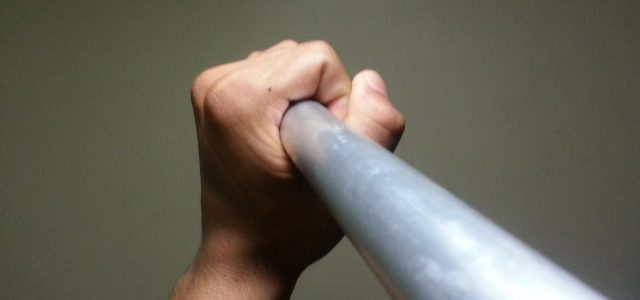
Nobody drives a car like I do, the right way. Nobody paints a wall, cuts tomatoes, tap dances, picks their nose… you get the idea. My way is THE right way. The concept of being “correct” could fill pages. Perspective usually has something to do with it. There’s the way everybody else performs tasks, then there’s the right way: mine.

(Source: ethos3.com)
If that’s the way you feel, then you’ll find this read validating. By the end, you will join Team Right.
There is a right and wrong way to hold things, but not just in the gym. Assuming we are just talking about grips which involve the hands, there are six terms you may hear describing different grips.
We’re gonna tell you what they are and when to use them. Many of these grips will more immediately have to do with how they affect your shoulder position.
Open
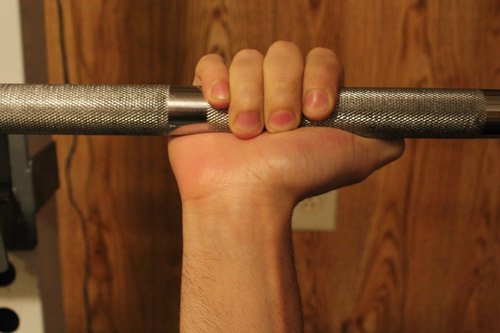
(Source: stupidsimplefitness.com)
You may also hear the term false grip to mean open, but these are not the same thing. The false grip is a little complicated so we’re not covering it in this article.
Open is how monkeys hold onto branches when they swing. It puts a ton of pressure on your fingers with no opposition seating them into whatever you are holding. Use this grip sparingly.
This is the grip you will use when you want to tear open your calluses. There is a ton of sliding without the thumb to support you. That said, there will be times when this may be your only option.
In the gym, the bar may be too thick for your puny fingers. You won’t be able to close your grip ever when climbing a rock face unless your hand is on a rope. Lifting boxes, you’ll go open.
Closed
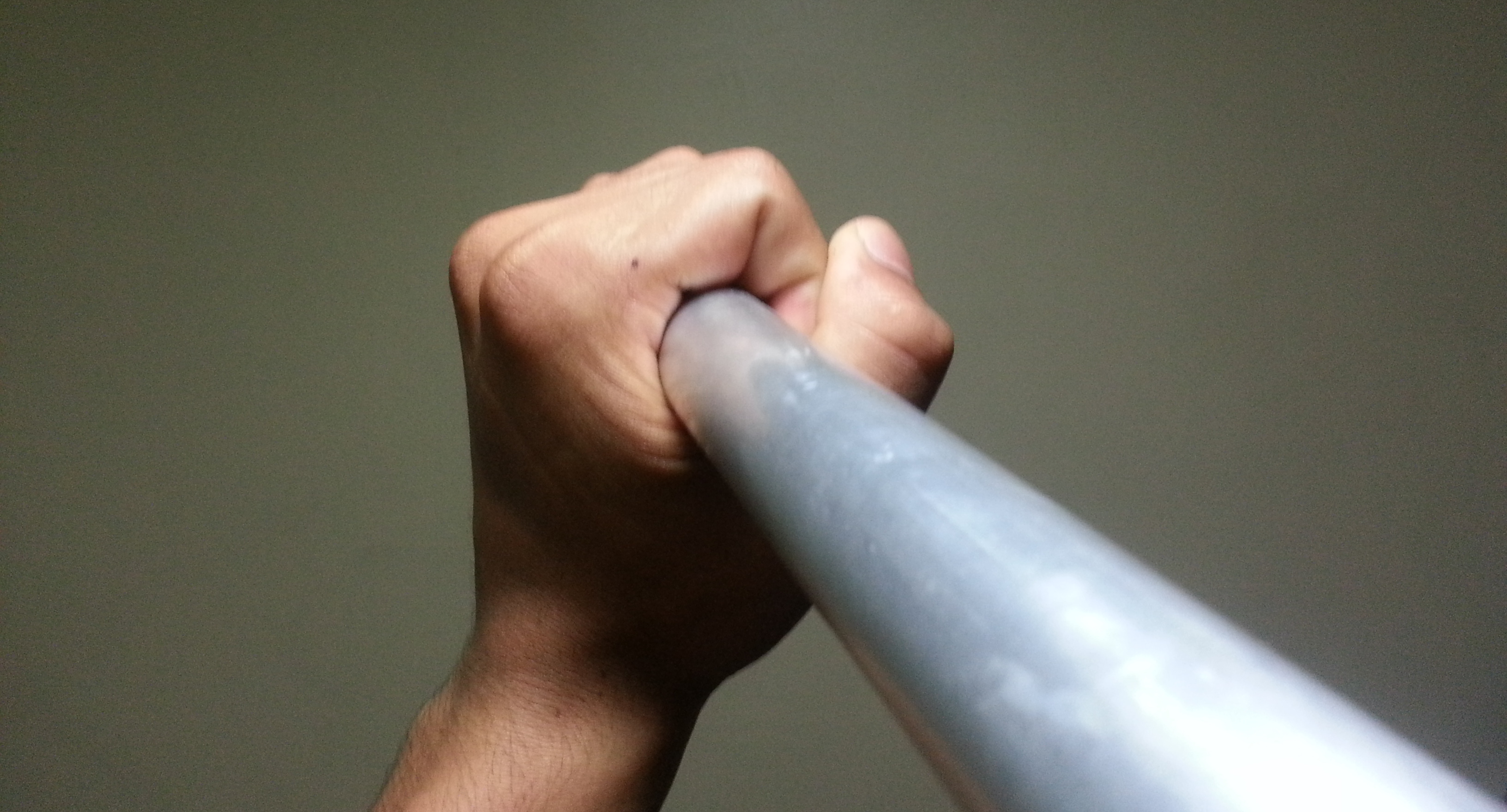
(Source: betotorrero.wordpress.com)
You can do the math on this one. A closed grip is where you roll your thumb over the other side of a bar or object.
Baseballs are usually thrown with a closed grip. Bats are held that way.
Closed grips allow you to create tension from your toes to your fingertips if done the right way. This basic grip is your main style of holding in the gym.
Side note: I was once advised to benchpress with my thumbs behind the bar, in a sort of half-open-half-closed fashion. This was to give me more strength. You will find no reputable strength coach who preaches this. Avoid.
Hook
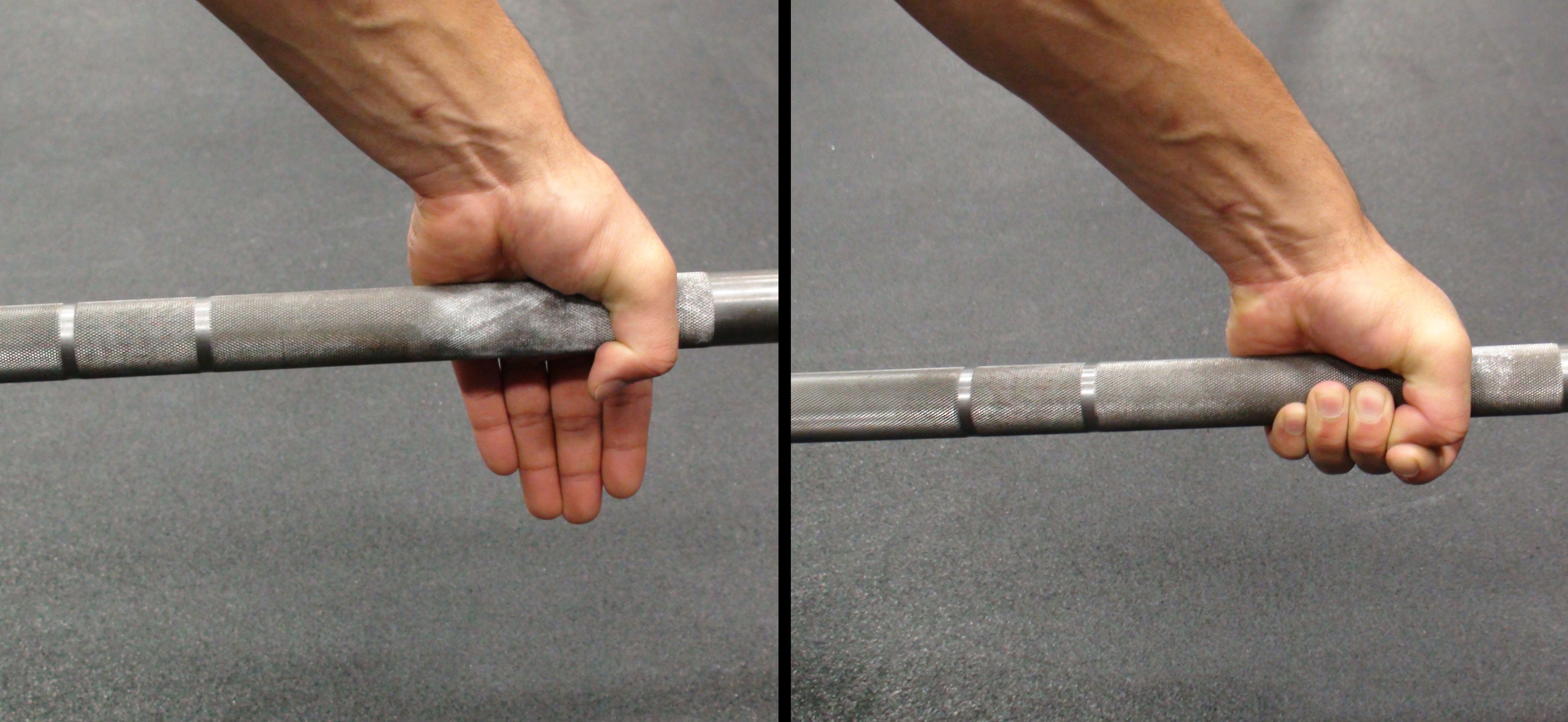
(Source: crossfitbloomfield.com)
Gripping with a hook-style is great when you need to pull things.
Powerlifters tend to use this technique a lot, but you could use it in the real world pulling a rope or pulling yourself up on a pipe. The grip is easier to demo than describe, but I’ll try.
For this grip, you will flip the order of gripping events. Normally you grip your fingers first, then slide your thumb over the other side to close the grip.
With a hook grip, your thumb goes down first. Then, your first two digits will fold over the bar, pressing down on the side of your thumb.
It’s an awkward grip at first, especially if you have stubby fingers, but it makes your grip solid. Most pulling exercises fail because of grip. The hand is the weakest part of that chain.
Double Underhand
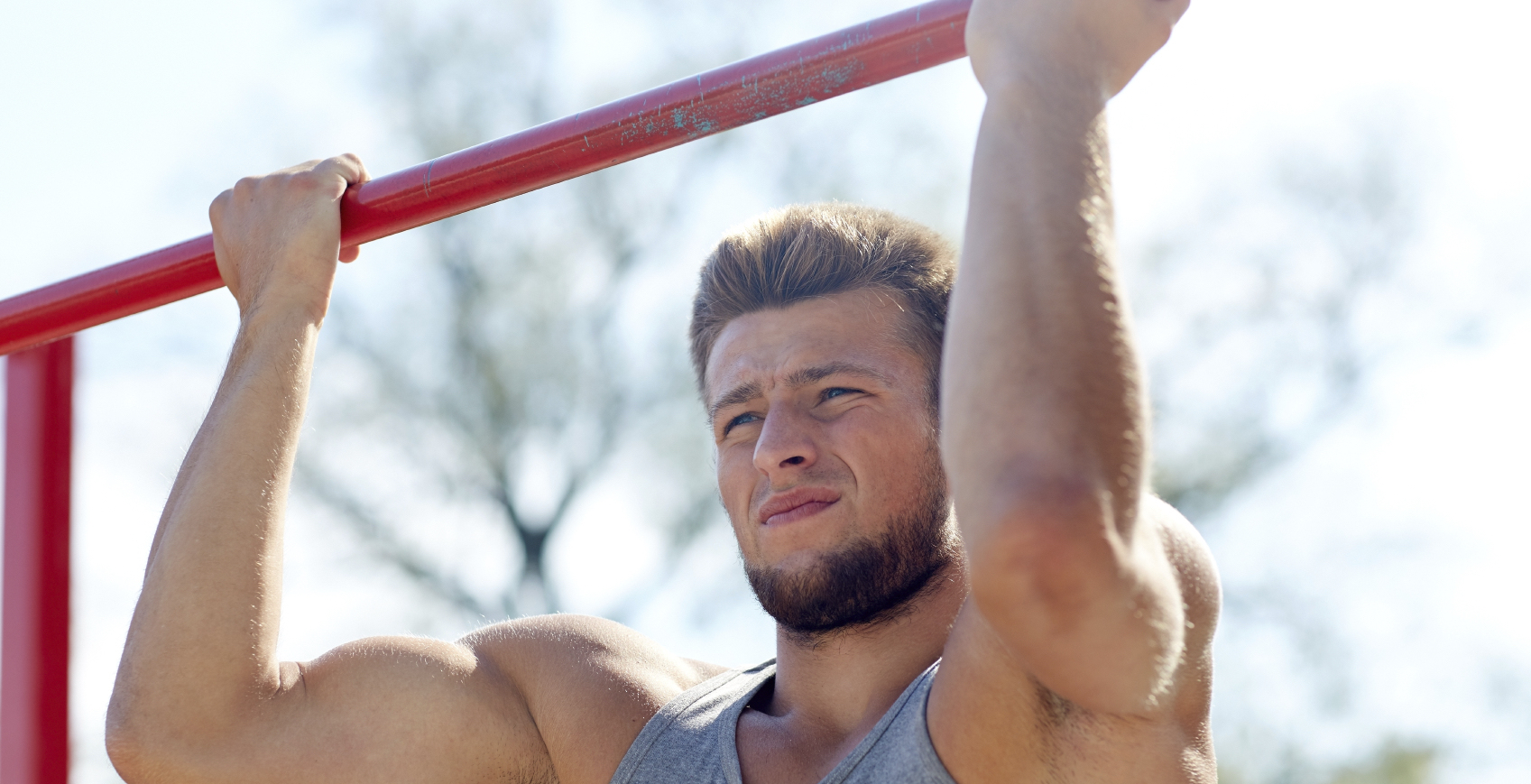
(Source: livestrong.com)
Closed or open, the double underhand grip is the default chin-up grip. It’s two hands on the bar, your thumb on top, fingers underneath.
Most people, who’ve not exercised before, will feel more comfortable gripping the chin-up bar in this fashion. It emphasizes the use of the bicep. It’s also easier to clamp the thumb down. Thus, stronger grip, more chin-ups.
This grip, however, does not leverage the strongest position for your shoulders. You will create more effective tension if you adapt to an overhand grip for pulling.
For exercises like barbell curls, you can do either, but will more often use the double underhand grip.
Double Overhand
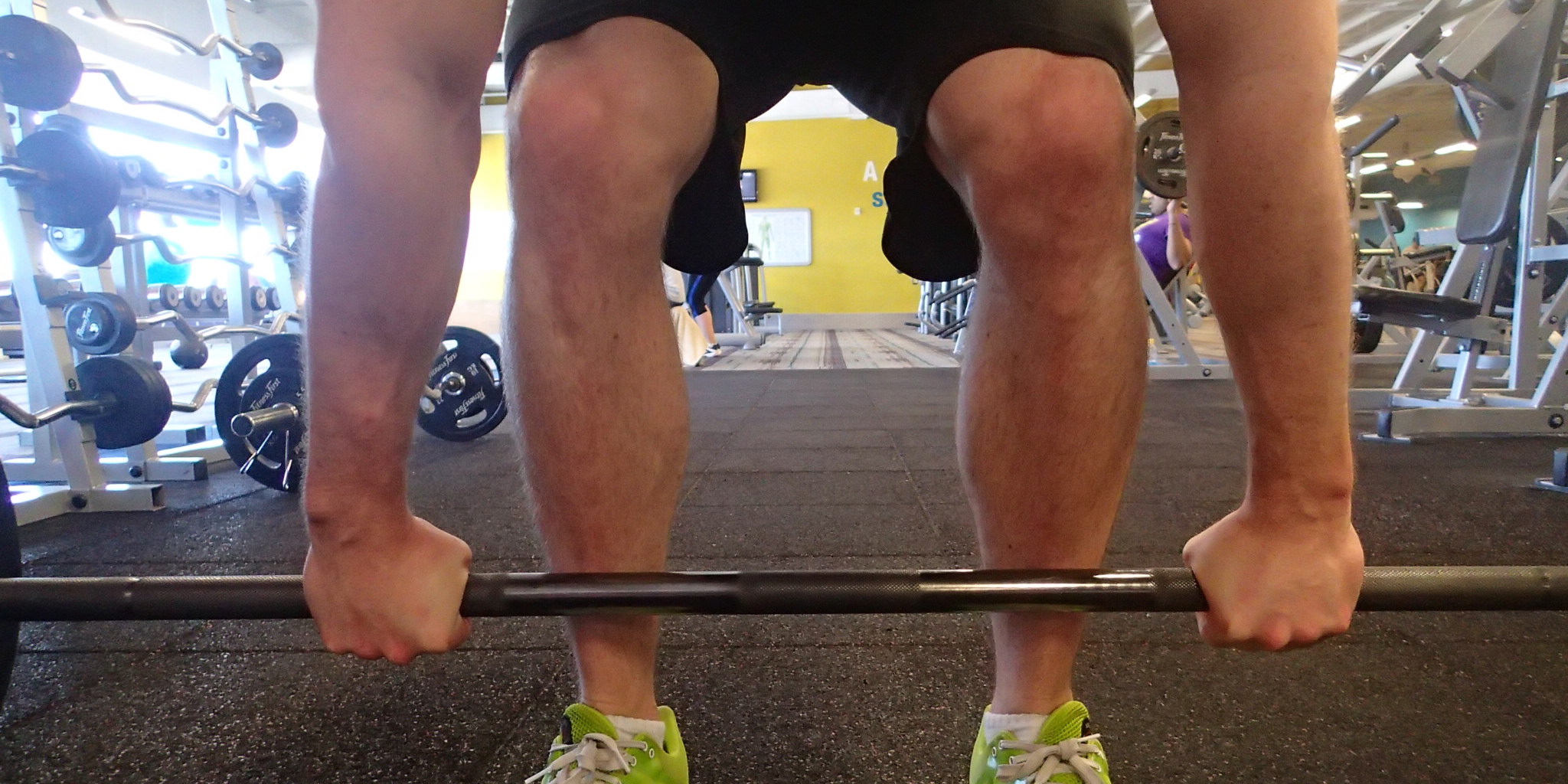
(Source: michaelhermann.com.au)
The double overhand grip is ideal for pulling. Like the underhand, it’s a two-handed grab, but this one is fingers on top, thumbs underneath.
Using a hook grip with the double overhand grip for pulling turns your arms into Superman’s grip. Once you get used to it, they’ll have to pry the bar from your hands.
This grip allows you to seat your shoulders, pulling them down into your back pockets. It’s your ideal placement for creating tension in a pull.
Mixed
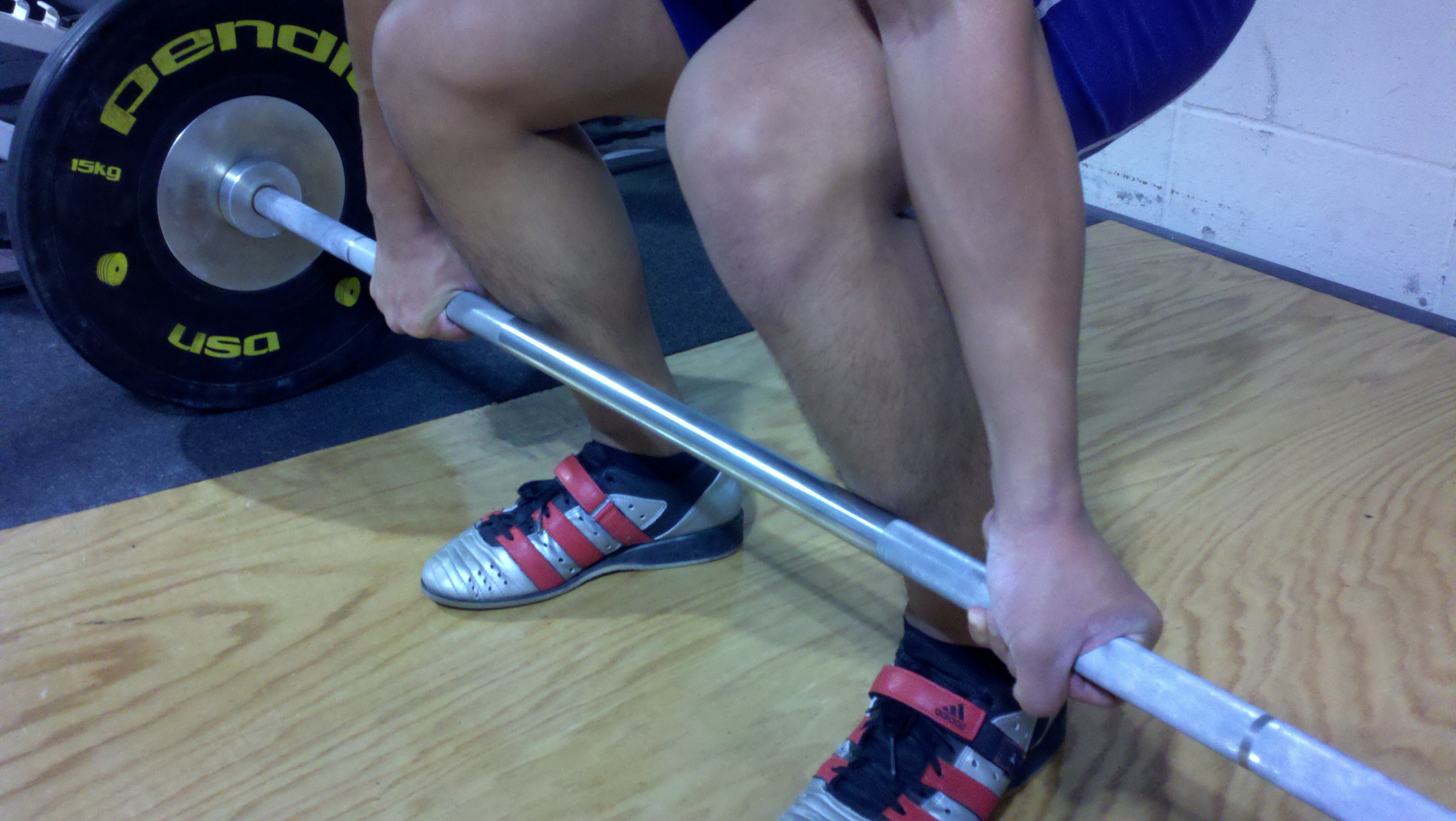
(Source: crossfitkinnick.com)
Mixed grip is a combo of the two above. In nature, we might use a mixed grip to pull ourselves up onto a tree branch.
Your grip in a mixed grip will be even tighter than a double-overhand hook grip, but it will place one of your shoulders into a weaker position. Over time, this could lead to shoulder issues.
Avoid this grip unless you are hoisting your personal best deadlift. Don’t make it your everyday grab.

(source: youtube.com)
Part of lifting correctly outside the gym is figuring out how you’re going to grab things. It’s also about feet placement, hips, and shoulder, but the grip is up there.
When you master these different grips in the gym, you can apply them better in the real world. You’ll not only be stronger, you’ll be less likely to injure yourself.